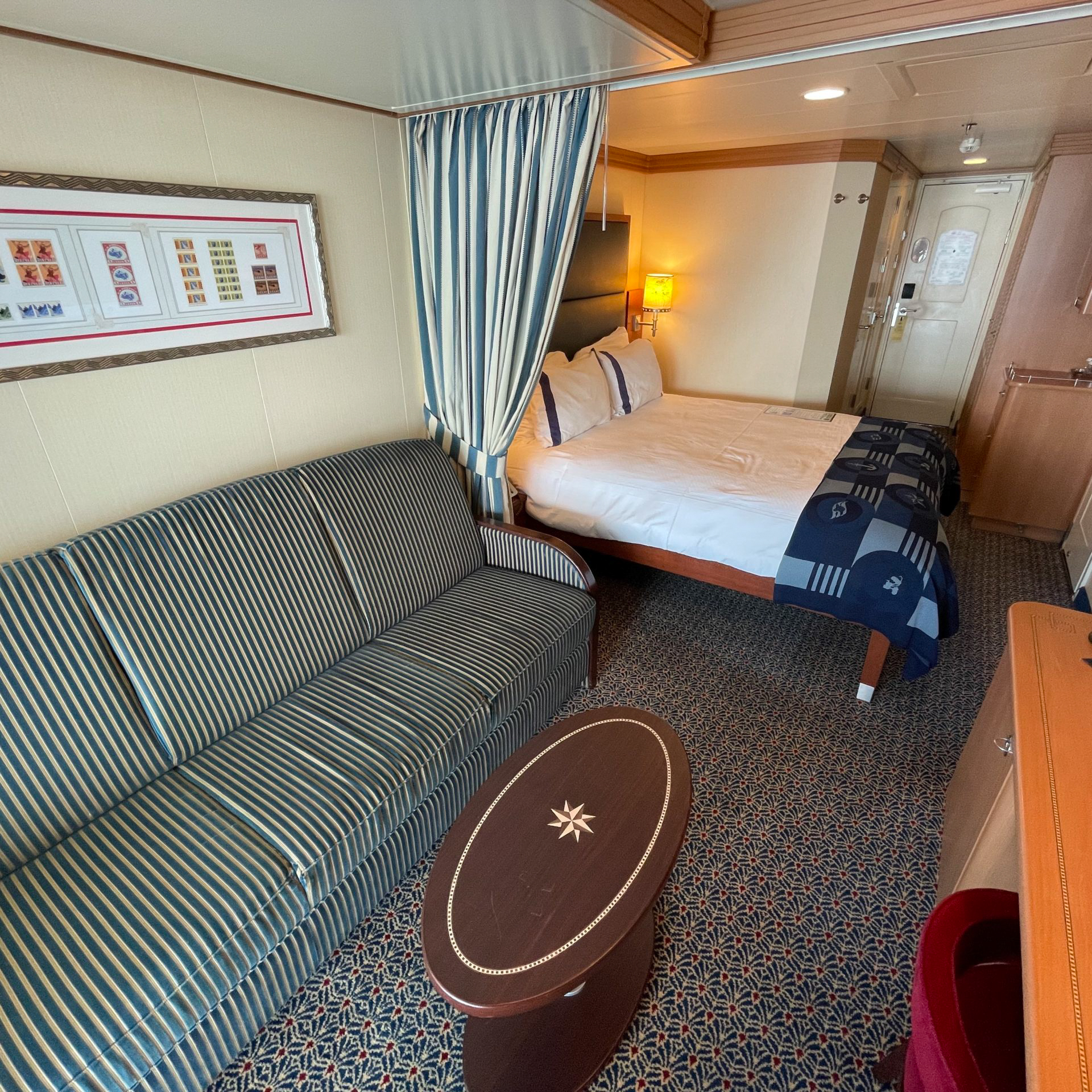
The Timeless Elegance of Antique French Chandeliers
Antique French chandeliers are one of the most sought-after pieces of furniture by interior designers and collectors worldwide. These ornate lighting fixtures have been gracing homes and public spaces for centuries, adding a touch of glamour and sophistication to any setting. In this article, we will explore the history, design elements, and cultural significance of antique French chandeliers.
History of French Chandeliers
The roots of French chandeliers can be traced back to the early Renaissance period, when wealthy families began commissioning intricate lighting fixtures to adorn their palaces and castles. However, it was during the reign of Louis XIV (the Sun King) that the style really took off, as he sought to create a grandiose and opulent aesthetic to reflect his power and wealth. This led to the production of some of the most extravagant chandeliers ever made, featuring cascading crystals, gold leaf, and elaborate designs.
By the 18th and 19th centuries, French chandeliers had become more refined in their design, with the introduction of simpler shapes and the use of coloured glass. These fixtures were often commissioned by the bourgeoisie, who wanted to emulate the elegance of the aristocracy in their own homes. The Industrial Revolution also had an impact on the production of chandeliers, as manufacturers began using machine-made elements to create more affordable versions of these luxury items.
Design Elements of French Chandeliers
The design of French chandeliers is intricate and sophisticated, with a focus on symmetry and balance. They typically feature multiple tiers of glass or crystal, which catch and reflect light to create a dazzling effect. The use of crystals is a key element of French chandeliers, with a range of materials and shapes used to achieve different effects. Clear cut glass, rock crystal, and coloured glass are all commonly used in these fixtures, each adding its own unique dimension to the design.
The frame of French chandeliers is often made from brass, bronze, or iron, and can be intricately decorated with motifs such as acanthus leaves, floral patterns, and scrolls. Some chandeliers even incorporate figurines or animals into their design, such as swans, angels, or putti. The aim is to create a piece that is both functional and aesthetically pleasing, serving as a focal point for the room in which it is placed.
Cultural Significance of French Chandeliers
Antique French chandeliers have significant cultural and historical value as expressions of wealth, taste, and craftsmanship. They were once exclusive to the highest echelons of society, reserved for palaces, grand hotels, and exclusive restaurants. However, with the advent of mass production and the rise of the middle class, more affordable versions of these chandeliers became available to a wider audience.
Today, antique French chandeliers remain highly prized by collectors and enthusiasts for their beauty, rarity, and historical significance. They offer a glimpse into the world of the wealthy and powerful, while also serving as a reminder of the skill and dedication of the artisans who created them.
Antique French chandeliers are truly timeless pieces of furniture, embodying a sense of elegance, luxury, and sophistication. From the elaborate designs of Louis XIV’s court to the more simplified shapes of the 19th century bourgeoisie, these chandeliers have evolved over time while still retaining their allure and charm. Whether as a statement piece in a grand ballroom or a subtle accent in a modern living room, a French chandelier will always be a symbol of style and refinement.


